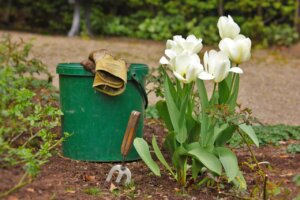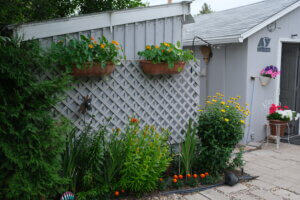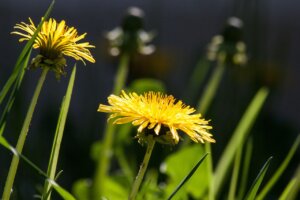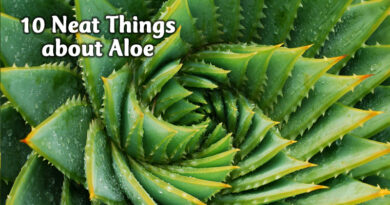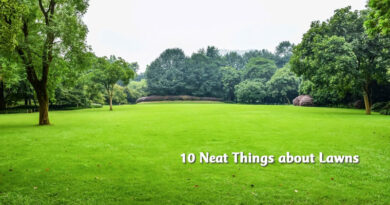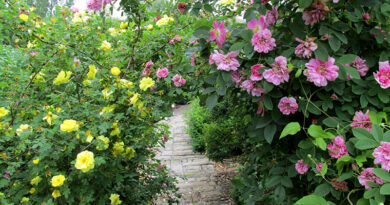10 Neat Things About Seeds
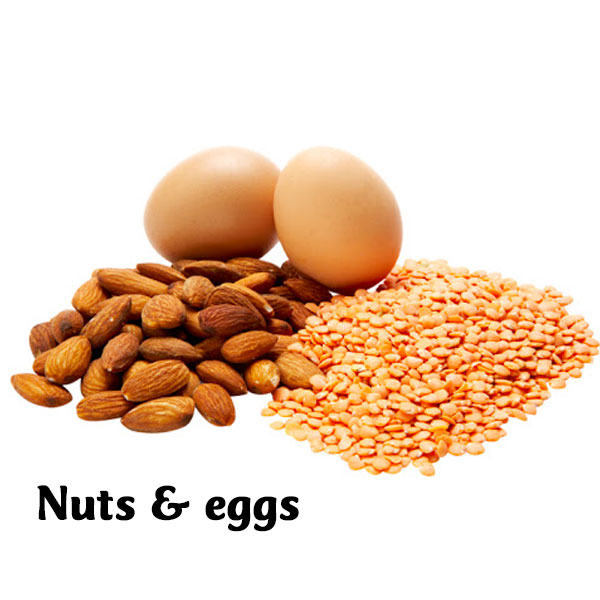
1. Nuts and eggs are seeds, too.
Although we don’t often think of them like this, eggs and nuts are also seeds in their own way. They are filled with wonderful nutrition and surrounded by a hard shell to protect the moisture and life inside.
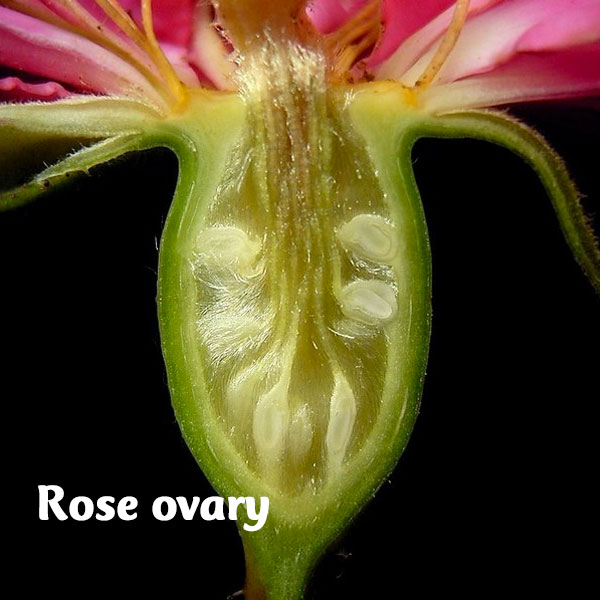
2. Gametes and zygotes.
A gamete consists of an ovum (egg) and a sperm cell, which is many times smaller than the egg. Two gametes fuse during conception and form a zygote, which is this initial new cell at the beginning of a new life. Each of the gametes carry what will become half of the genetic material of the new entity. Yes, we’re talking plants, not people, but the process is pretty much the same for both. In flowering plants, the fusion of sperm and egg takes place through a process known as meiosis.
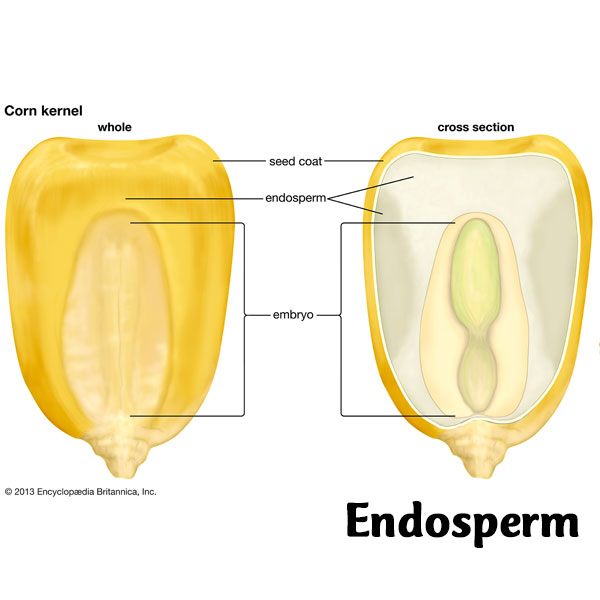
3. The goodness in the endosperm.
The zygote that results in the seed consists of three parts. First is the embryo or immature plant that contains one to three cotyledon leaves, and sometimes additional stores of nutrition to get the plant started. The endosperm contains starch and sometimes oils and protein. Finally, the hard seed coat is there to keep moisture in and protect the seed. It is the endosperm that we eat when we make flour from wheat seeds for example. Coconut wheat and water are also endosperm.
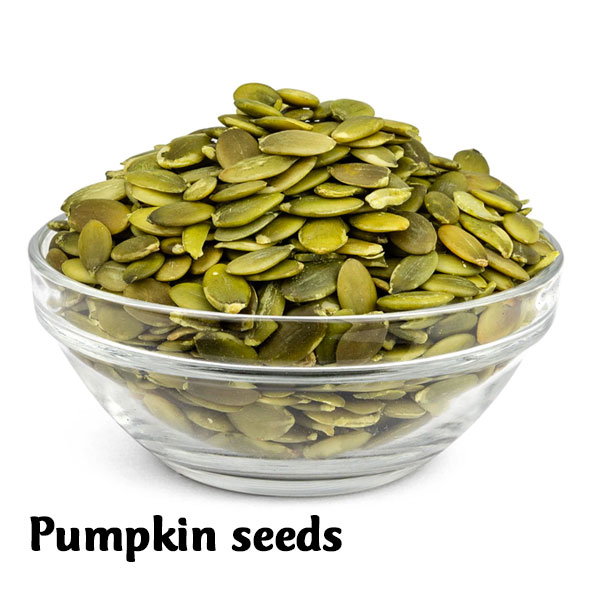
4. So how good are they?
Overall, seeds, nuts and eggs have pretty impressive nutrient levels, but some seeds are super impressive. Sunflower seeds, for example have all the nutrients we need, except vitamin D, to survive. They are 22 per cent protein and 50 per cent oil. Just 100 grams of sunflower seeds will give you 30 grams of unsaturated fats, 30 milligrams of essential linoleic acid which reduces cholesterol and a good dose of potassium to help flush sodium from your body. They also contain magnesium and phosphorus which will help absorb their 174 milligrams of calcium. Pumpkin seeds are high in omega 3 and 6 fatty acids and sesame seeds consist of 19 per cent protein (compared to eggs at 13 per cent). As they say, the healthiest thing on a Big Mac is the sesame seeds!
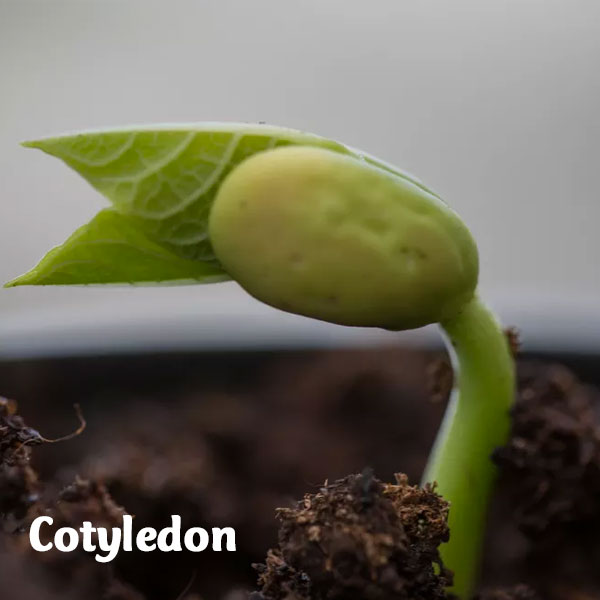
5. The magical cotyledon.
The two pretty little leaves that first emerge from the soil upon germination are magic indeed. They contain all the information needed to become grown up plants and sometimes, in plants that don’t produce endosperm, they also contain all the nutrients needed to give the plant its start on life. Occasionally, you will see the cotyledon appear with tiny hats, bits of the seed coat that didn’t fall away when the little leaves broke through.
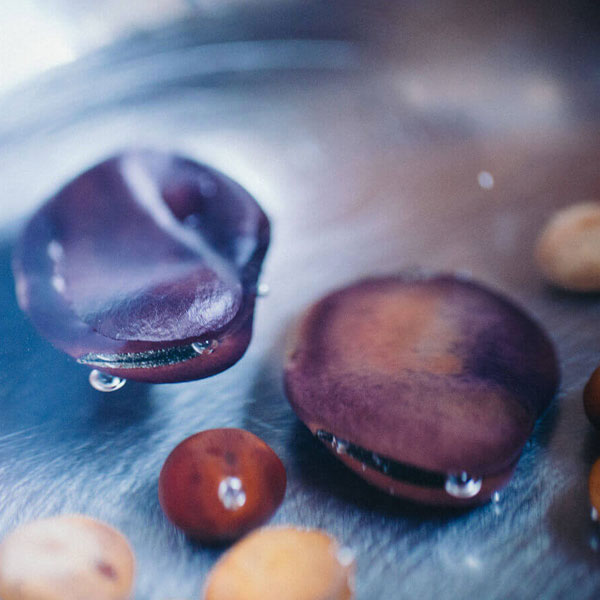
6. Getting started.
Seeds need to absorb water to activate an enzyme that triggers respiration stimulating the division of cells that we see as growth. This is why we sometimes soak seeds (beans) with hard shells or nick or scratch them to allow moisture to penetrate and get them started. As one gardener put it, water the seeds, don’t soak the soil.
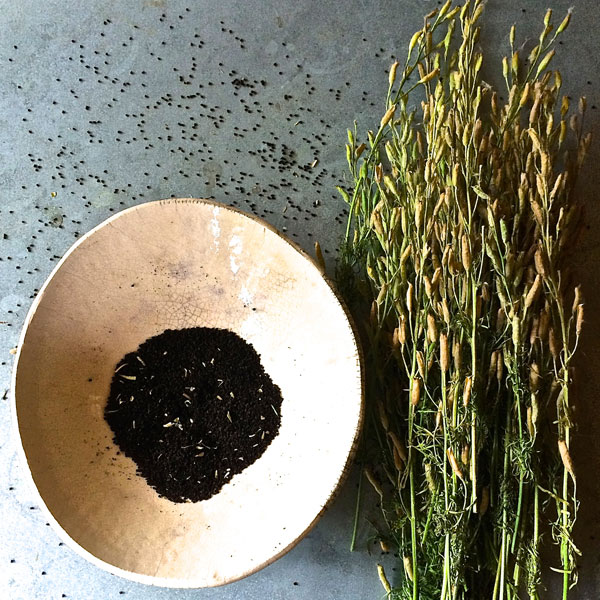
7. Oxygen, temperature and light.
Over-watering can limit the plant’s access to oxygen. Few plants will germinate below 10 degrees C (50 F); most germinate between 20 and 30 degree C. Know which is which. Finally, many seeds need light to germinate but some, such as larkspur, pansy and centaurea, need to be in the dark. Cover these seeds with soil. Others can be sown on top of the soil.
8. Acchhh! My seeds won’t germinate.
There are lots of reasons why seeds won’t germinate. They may be too old (dried out); the soil may be too wet, too cold, too hot or too rich in nitrogen (also known as “too hot”). They may be planted too deeply, too shallowly or in soil containing weed killer residue. Weed killers, even though it is claimed they break down in two or three days can remain in the soil for up to two years with residue enough to inhibit germination. Redwood mulch can also inhibit seed germination – good for keeping weeds at bay but not so good for your seeded plants.
9. Filial 1.
Literally, filial 1 or F1 hybrids in seed company lingo, means first generation plants from two different but genetically pure parents that have been cross-pollinated. A genetic lock is created so that the plants cannot be replicated from seed. If you want a second generation, you will need to do this by cloning – taking cuttings. F2 hybrids are plants created by crossing to F1 hybrids, an unstable combination.
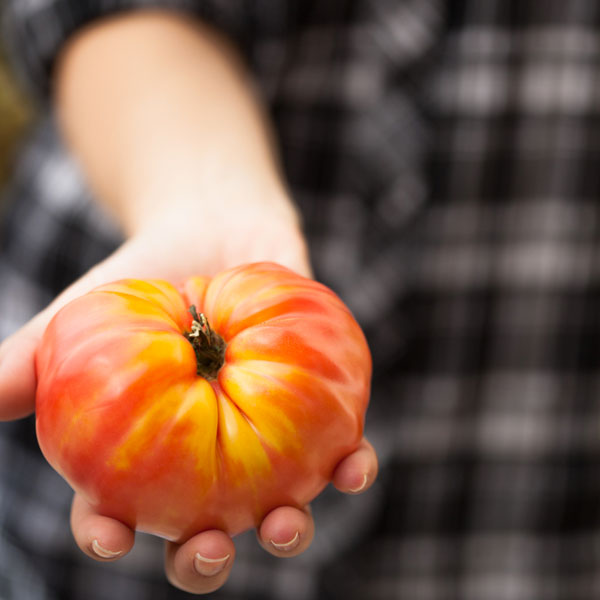
10. Growing heirloom seeds.
Do it. It’s important to keep the gene pool healthy so grow as many heirloom seeds as you can. Your tomatoes may have more fragile skins, you may be plagued by bugs and diseases that you will have to strategize to deal with, you may have lower yields or it may take your vegetables longer to reach maturity and the blossoms on the flowers may not be as big, but do it. The alternative is to have engineered plants that are bred to be sterile so that you can’t plant from seed at all. And then there’s that rumour that legislation is being planned, under the guise of “public safety” down south to make it illegal to grow any food to sell unless it’s licensed by some big company. Hmmph!
First Edition: Feb 21, 2020







